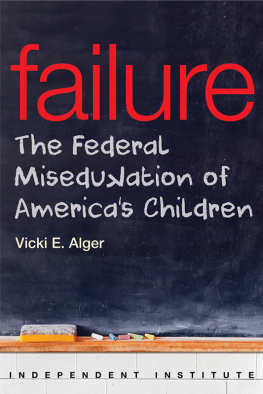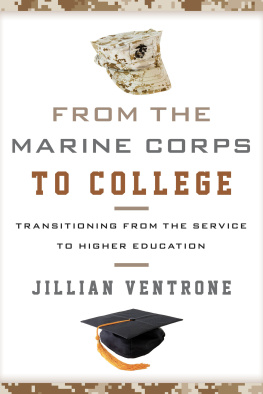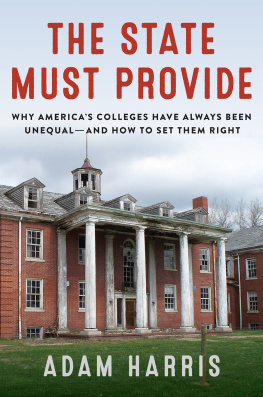Between Citizen and State
Great Barrington Books
Bringing the old and new together in the spirit of W. E. B. Du Bois

An imprint edited by Charles Lemert

Titles Available
Keeping Good Time: Reflections on Knowledge, Power, and People
by Avery F. Gordon (2004)
Going Down for Air: A Memoir in Search of a Subject
by Derek Sayer (2004)
The Souls of Black Folk, 100th Anniversary Edition
by W. E. B. Du Bois, with commentaries by Manning Marable, Charles Lemert, and Cheryl Townsend Gilkes (2004)
Sociology After the Crisis, Updated Edition
by Charles Lemert (2004)
Subject to Ourselves, by Anthony Elliot (2004)
The Protestant Ethic Turns 100: Essays on the Centenary of the Weber Thesis
edited by William H. Swatos, Jr., and Lutz Kaelber (2005)
Postmodernism Is Not What You Think, by Charles Lemert (2005)
Discourses on Liberation: An Anatomy of Critical Theory
by Kyung-Man Kim (2005)
Seeing Sociologically: The Routine Grounds of Social Action
by Harold Garfinkel, edited and introduced by Anne Warfield Rawls (2005)
The Souls of W. E. B. Du Bois
by Alford A. Young, Jr., Manning Marable, Elizabeth Higginbotham, Charles Lemert, and Jerry G. Watts (2006)
Radical Nomad: C. Wright Mills and His Times
by Tom Hayden with Contemporary Reflections by Stanley Aronowitz, Richard Flacks, and Charles Lemert (2006)
Critique for What? Cultural Studies, American Studies, Left Studies
by Joel Pfister (2006)
Social Solutions to Poverty, by Scott Meyers-Lipton (2006)
Everyday Life and the State, by Peter Bratsis (2006)
Thinking the Unthinkable: An Introduction to Social Theories
by Charles Lemert (2007)
Between Citizen and State: An Introduction to the Corporation
by David A. Westbrook (2007)
Politics, Identity, and Emotion, by Paul Hoggett (2009)
Out of Crisis: Rethinking Our Financial Markets, by David A. Westbrook (2010)
Between Citizen and State
An Introduction to the Corporation
David A. Westbrook
foreword by Charles Lemert
First published 2007 by Paradigm Publishers
Published 2016 by Routledge
2 Park Square, Milton Park, Abingdon, Oxon OX14 4RN
711 Third Avenue, New York, NY 10017, USA
Routledge is an imprint of the Taylor & Francis Group, an informa business
Copyright 2007, Taylor & Francis.
All rights reserved. No part of this book may be reprinted or reproduced or utilised in any form or by any electronic, mechanical, or other means, now known or hereafter invented, including photocopying and recording, or in any information storage or retrieval system, without permission in writing from the publishers.
Notice:
Product or corporate names may be trademarks or registered trademarks, and are used only for identification and explanation without intent to infringe.
Library of Congress Cataloging-in-Publication Data
Westbrook, David A.
Between citizen and state : an introduction to the corporation / David A. Westbrook.
p. cm. (Great Barrington books)
Includes bibliographical references and index.
ISBN 978-1-59451-404-3 (hardcover : alk. paper)
ISBN 978-1-59451-405-0 (paperback : alk. paper)
1. Corporation lawUnited States. 2. Corporate governanceUnited States.
3. CorporationsUnited States. I. Title.
KF1414.W47 2007
346.73'066dc22
2007010972
Designed and Typeset by Straight Creek Bookmakers.
ISBN 13: 978-1-59451-405-0 (pbk)
ISBN 13: 978-1-59451-404-3 (hbk)
I T CANT BE DONE, SAID MY VERY GOOD FRIEND JACK, AND BESIDES, ITS A waste of your [limited] intellectual capital. You cant write another book like the last one [I dont have it in me? Youll leave?] until the baby is [safely] out of the house, said my even better friend Amy. And you should try to write something that can sell, she added, letting me know she was on to my perverse plot to remain unread. Thus suitably encouraged, over a summer so miserable for other reasons that I wasnt having fun anyway, I wrote out, clarified, and elaborated upon my lectures on corporation law. It struck me as quite a rhetorical challenge to sketch academic corporation law in a way that might be interesting to people outside the law, law students, and even my colleagues. I had the supple elegance of Grant Gilmores prose in mind, and maybe visions of sugar plums dancing in my head, too. But who cares? The book got done; here it is. How badly this effort at a childs garden of corporation law fails I leave to the reader, but I am grateful to have had the chance to try, and this is the part of the book where I say thanks.
Even a quirky little book like this one is a very collaborative effort. Fred Konefsky, Mae Kuykendall, Saul Levmore, Jack Schlegel, and Amy Westbrook, as well as two outside readers, read drafts in their entirety and made useful amendments for which I am very grateful. Dianne Avery, Lauren Breen, Tom Disare, and Marc Miller provided fine comments or other encouragement along the way. Nils Olsen, the dean of my school, has been very supportive. I thank them all.
I also thank the University at Buffalo Law Library, and Jennifer Behrens in particular, for assistance with my many often odd requests for texts or information, which were usually communicated from a distance, in great haste, and for no discernible reason, but cheerfully fulfilled nonetheless. Barb Kennedy once again was a great help with things administrative. Her patience, dedication, good humor, and better sense are appreciated.
My research assistants, Heidi Spalholtz, Gregory Stein, Stephen Trynosky, and Jennifer Tsai, have been wonderful. It is rather a pity that this project is over and they are moving on with their lives. With such players at the heart of the team, I can imagine delegating the labor of writing almost entirely, like a judge, or even certain well-known professors. But for now, I suppose the task of writing is mostly mine, so the ritual shouldering of the cross makes some sense: this texts myriad remaining shortcomings are entirely my own responsibility. Ah, vanity.
This book is addressed mostly to students, and in some ways, this book is really about teaching. It therefore would be common enough, yet noble (and yes, vain) of me to dedicate this book to my students. And I do sometimes care about students, but mostly I hope they dont know thatIm trying to teach them to take care of themselves. Instead, recalling that paragon of rational selfinterest Dr. Johnson (no man but a blockhead ever wrote, except for money), I dedicate this book, which I hope will be essentially just an annuity, to my childrens education.
Charles Lemert
S OCIAL STUDIES OF ALL KINDS MUST DEAL WITH THE MYSTERY OF THE SOCIAL betweens. They have not known quite what to say, for example, about the between of the State and individual.
Social sciences as we know them today are indebted to writers like Karl Marx, who in the 1840s faced straight on the massive structures of the modern world and called them what they were. The accomplishment is stunning even today for the simple reason that social structures are, by nature, as hard to pin down as they are powerful in their effects. People will talk about social things like the State as if it were a definite and visible thing. To which Tony Soprano would again be right to wonder, New Jersey? Where the State, or for that matter the Market begin and end in the complex life of gathered societies is impossible to say. That they are structures is impossible not to say. But how do structures like the State get down into the heads of individuals? This is the mystery of the Between.









 An imprint edited by Charles Lemert
An imprint edited by Charles Lemert 